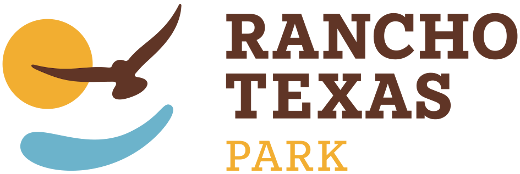Equus asinus
The domesticated donkey or ass is an odd-toed ungulate. This group of animals includes horses, rhinoceros and tapirs, of which there is no wild population in Europe. The donkey is a member of the Equidae or horse family, which is characterized by having only one toe with one large claw in each extremity. The ancestor of the modern donkey is the African wild ass (Equus africanus). Usually, donkeys or asses are used as pack animals in the southern parts of Europe. There is also many of them in Ireland, where they were introduced by the Spaniards as gift in return for horses during the Napoleonic Wars. Compared with horses, donkeys are small, have long ears, an erect mane and different colours and thickness of coat.
Main characteristics
Within the asses, there is various families and subspecies.
The Andalusian- Cordobesan breed in southern Spain derives from an Egyptian species. It is also influenced by the Equus asinus taeniopus. It was introduced on Spanish Mainland from the north of Africa directly to Andalusia more than 3.000 years ago. This breed can become quite high, reaching up to 150cm. Their figure is harmonic and robust. The characteristic coat colour is light grey. Their hair is fine, soft and short. Their character is calm. The Andalusian- Cordobesan breed is of great energy and enormous resistance. It is used to heat y lack of water, for which it easily adapted to the hot Andalusian climate.
The Andalusian- Cordobesan ass was of key importance for the cereal and olive plantations of these regions, where it was used as principal means of transport. It was also used for breeding mules, the animal most employed for traction.
Moving up the map of Spanish Mainland, we will find the Zamorano- Leonesa breed. At the beginning of the century, these donkeys used to populate most parts of the provinces of Zamora and Salamanca. This breed derives from the Equus asinus europeus in the region between the Cantabrian Mountains and the rivers Cea and Orbigo. Later it expanded towards both Castilian regions.
Towards the northeast we will find the Catalonian breed, which is currently threatened with extinction. They are vital and sanguineous animals with hyper-metabolism.
The Majorca breed origins from the Catalonian breed. This breed has altered as a result of the island condition. There is other ass species on the Balearic islands, which derived from African or Andalusian breeds. The authentic Balearic donkeys, however, are about to disappear or have disappeared already: in 1995 only 4 female and 2 male donkeys could be registered.
In spite of its important history as “beast of burden” and animal of traction, the donkey could not be protected against technological progress. Some of its current problems are the change in the use of donkeys and the related habits, which can be closely related to the modernization of agriculture and farming; the lack of educational campaigns and valuation of the species and the global socio-economic problems of the agricultural sector; aging, emigration and reduction of active workers in agriculture, etc.
Donkey, Equus asinus
Facts:
How are they? Donkeys are mammals with 4 feet, robust body, long ears and large tail. They are covered with a coat of short hair and a mane along their head and neck. They can get up to 2m long and between 92cm and 150cm high. They weigh between 180 and 430kg. The colour of their coat is brownish- grey, mostly grey on the back and whitish around the belly. In summer, the back part can turn into a reddish-brown and the belly turns from white into grey. They normally have markings in the face, for example a white muzzle or dark surrounded eyes.
Where do they live? In semi-desert grasslands and areas with low bushes. They prefer regions with hot and dry climate and low rainfalls.
How is the species geographically distributed? The countries of origin are Morocco, Somalia, Saudi Arabia, Oman, the Sahara, the area around the Red Sea and Mesopotamia. Nowadays, domesticated donkeys can be found all over the world.
What do they feed on? They are completely herbivorous: they exclusively feed on grass, leaves and brushes.

